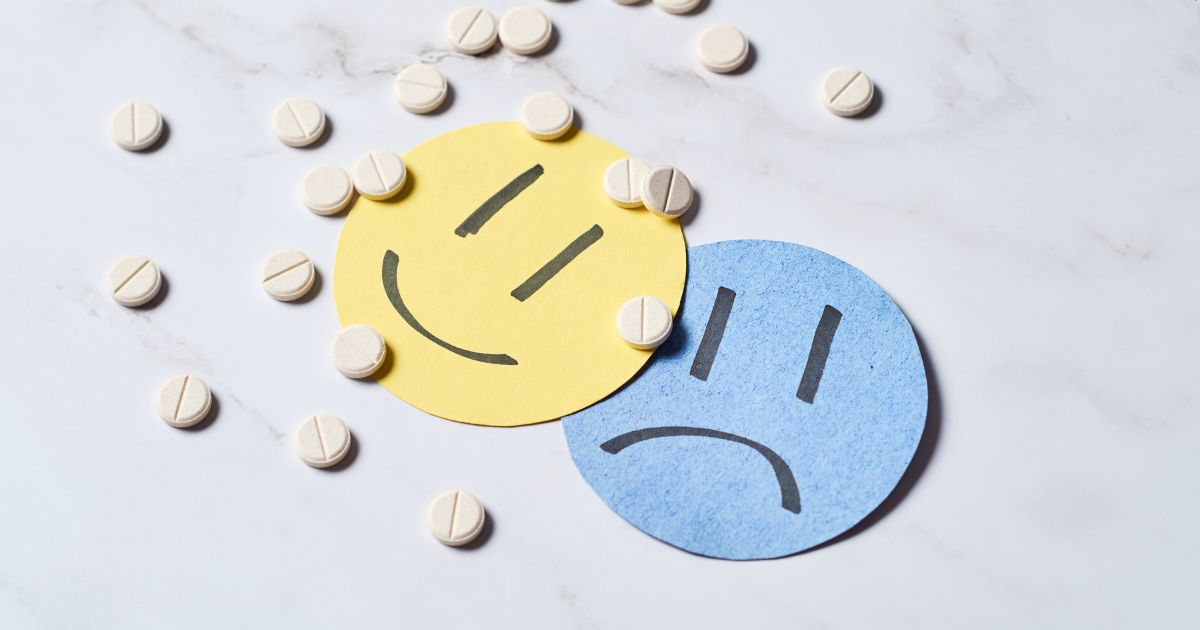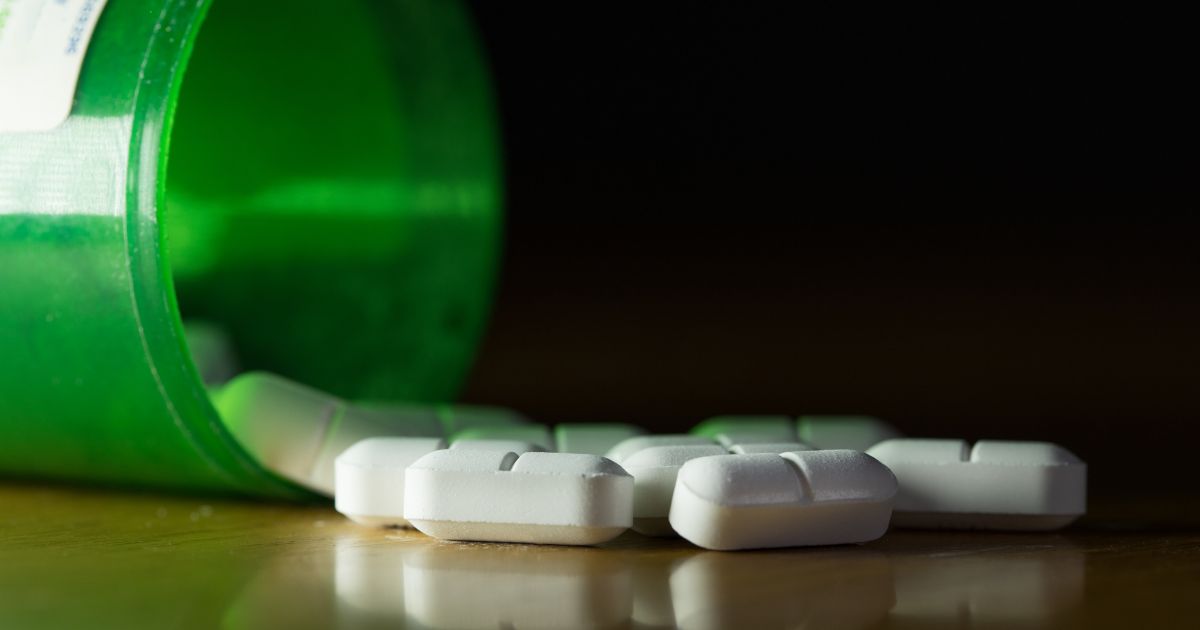Black tar heroin is currently flooding the Southwestern US, signaling another turn in the nation’s ongoing opioid crisis. Black tar can cause bacterial infections and tissue damage, raising a person’s disease risk. In this article, we’ll explore what to know about this dangerous form of heroin.
What is Black Tar Heroin?
Black tar heroin is an illicit drug. It is a form of heroin that is less refined than the white powder form, giving it a dark, sticky texture similar to roofing tar or licorice. Made from the poppy plant, this substance is distinguished by its color and consistency due to the crude processing methods used. According to the Drug Enforcement Administration, heroin can come in various forms, such as white powder, brown powder, or black tar heroin. Most heroin comes from Southeast Asia or Mexico. Mexican black tar heroin is often found along border states such as Texas.
In terms of appearance, black tar is usually dark brown or black and has a sticky or solid texture, depending on its composition and processing. This is the result of impurities and adulterants, such as acetic acid, which is something used in cleaning products.
Black tar heroin’s purity generally averages around 45%. It is worth noting this is an increase from the 25-30% average it was at two decades ago, indicating that this substance is becoming more addictive – and more powerful.
What Does Black Tar Heroin Look Like?
Black tar heroin typically has a dark, sticky, and resinous appearance, resembling roofing tar or black shoe polish. Its texture and color can vary slightly depending on how it’s processed. It’s generally shipped in small, irregularly shaped chunks or wrapped in plastic or foil. Black tar also often has a strong vinegar-like odor.
Where Does Black Tar Heroin Come From?
Due to its unique consistency and composition, black tar is used in several ways, although some methods are more common than others:
- Injection: The heroin is dissolved in hot water to create an injectable solution. Injecting black tar heroin is associated with severe health risks, including vein damage, infections (e.g., abscesses, endocarditis, HIV, and hepatitis), and a higher risk of overdose due to rapid delivery to the bloodstream.
- Smoking: Black tar heroin is placed on a piece of foil, heated from below, and the vapors are inhaled through a straw or tube. Sometimes referred to as “chasing the dragon.” This method can cause respiratory issues and damage to the lungs.
- Snorting: Because black tar is so sticky, this method is less common, but determined users can grind it into a powder or dissolve it into a liquid spray to be nasally inhaled. This can cause damage to the nasal passages and sinuses.
- Rectal Insertion: This ghastly method, known as “plugging” or “boofing,” involves dissolving the drug and inserting it rectally. This poses a significant risk of overdose due to the fast rate of absorption.
Understanding the methods of use is crucial for both users seeking to understand the risks and for professionals in addiction treatment to tailor interventions effectively.
Get confidential help from our addiction treatment specialists in Orange County. Call to join our rehab program today!
Call 866-881-1184Signs of Black Tar Heroin Use
Recognizing the signs of black tar heroin use is crucial for intervention, treatment, and support.
Here are some of the primary indicators:
- “Track marks”: Black tar Black tar heroin users who inject might have visible marks or scars on their skin where they’ve injected, often on arms, legs, or feet. These can appear as puncture wounds, bruises, or scabs.
- Skin Infections: Due to the impurities in black tar heroin, injection sites can become infected, leading to abscesses, cellulitis, or other skin conditions. These might be red, swollen, and painful.
- Burn Marks: If the heroin is smoked, you might notice burn marks on spoons, tin foil, or lighters used to heat the drug.
- General Health Decline: Users might exhibit poor personal hygiene, weight loss, and signs of malnutrition. Chronic use can lead to dental problems, constipation, and respiratory issues.
- Track Marks: Repeated injections can result in collapsed veins, especially in long-term users.
A person using black tar heroin may also exhibit behaviors like secrecy and evasiveness regarding their activities. They may neglect important responsibilities like school, work, or family. Loss of interest in hobbies, sports, or social gatherings they once enjoyed may occur. And they may switch between moods wildly.
Why is Black Tar Heroin Dangerous?
Black tar heroin has been linked to an untreatable kidney disease known as AA-type amyloidosis. According to the University of Washington School of Medicine, of 38 patients diagnosed with this rare illness, 35 had a previous history of heroin use, often of the black tar variety. No effective therapy exists for this illness.
Due to its impurities, black tar can also harbor bacteria like Clostridium botulinum, which can lead to botulism or other infections.
Aside from these issues, black tar heroin also has many dangers in common with regular heroin, such as:
- Vein damage
- STDs like hepatitis B and HIV
- Respiratory depression, which can lead to fatal overdose
- Severe withdrawal symptoms when trying to quit
- Possible liver damage
Black tar’s dangers stem from its composition and the health risks associated with the use of heroin broadly. Treatment and harm reduction strategies are crucial for addressing these risks, alongside education to prevent initiation or encourage cessation.
Looking for quality substance abuse treatment that’s also affordable? South Coast accepts most major insurance providers. Get a free insurance benefits check now.
Check Your CoverageTreatment for Black Tar Heroin Addiction
If you or a loved one are seeking treatment for addiction to black tar heroin, South Coast Behavioral Health is here to help. The first step in treating addiction is a medical detox. This means using drugs to manage withdrawal symptoms.
Our medical detox program in California is staffed by caring and compassionate professionals who can provide you with medications to manage your withdrawal symptoms.
At South Coast, we take pride in offering care that is closely tailored to specific issues. To that end, we offer gender-specific detox programs, with medical detox for men in Irvine, CA, and medical detox for women in Huntington Beach, CA.
After detoxing, proper treatment can begin.
Treatment for substance abuse takes place along an entire spectrum of care. Along that entire spectrum are various behavioral therapies, support groups, and the use of medically-assisted treatment (MAT).
These levels of treatment are, in order, as follows:
Residential Treatment in California
After successfully completing medical detox for black tar, you’ll receive inpatient treatment in Orange County, California. There, you’ll receive medically-assisted treatment and dual diagnosis treatment to deal with any cravings or co-occurring mental health issues you may be battling.
We also offer residential treatment facilities in Costa Mesa, Irvine, and Huntington Beach for those who desire gender-specific treatment. There, patients get round-the-clock medical attention and monitoring while living at the institution full-time.
In addition to individual and group counseling and medication management, you’ll also have access to leisure activities and family support services.
Partial Hospitalization in California
Most clients start black tar heroin treatment with South Coast in our residential treatment program. After completing that, many desire something that still provides structure and support but with extra space and time to oneself. For that, we offer Partial Hospitalization in Newport Beach.
A step down from inpatient care but with more structure than conventional outpatient programs, partial hospitalization offers a good balance for those looking to ease back into normal life. Clients can receive care five to seven days a week for a number of hours each day, returning back to their homes in the evening.
This way, they can recover without putting their daily lives completely on hold, receiving intense therapeutic interventions like group and individual therapy, skill development, and medication management as necessary.
Intensive Outpatient Treatment in California
For those leaving inpatient residential treatment or partial hospitalization, intensive outpatient programs (IOP) are yet another gradual step forward on the road to recovery.
With a focus on group therapy, individual counseling, and education, clients undergoing Intensive Outpatient Treatment in Newport Beach can meet three to five days a week. Each session lasts three hours.
This level of care requires the least amount of attendance at a facility.
Start Today
If you or a loved one are struggling with black tar heroin addiction but wonder how long addiction treatment takes or have other questions, call us at 866-881-1184 or contact us here. Our highly qualified staff will be happy to help give you an idea of what to expect from your addiction recovery timeline, verify your insurance, and assist with any other questions you may have.









